
FREE SHIPPING ON
ALL QUALIFYING ORDERS
Enter your email below to join our mailing list:
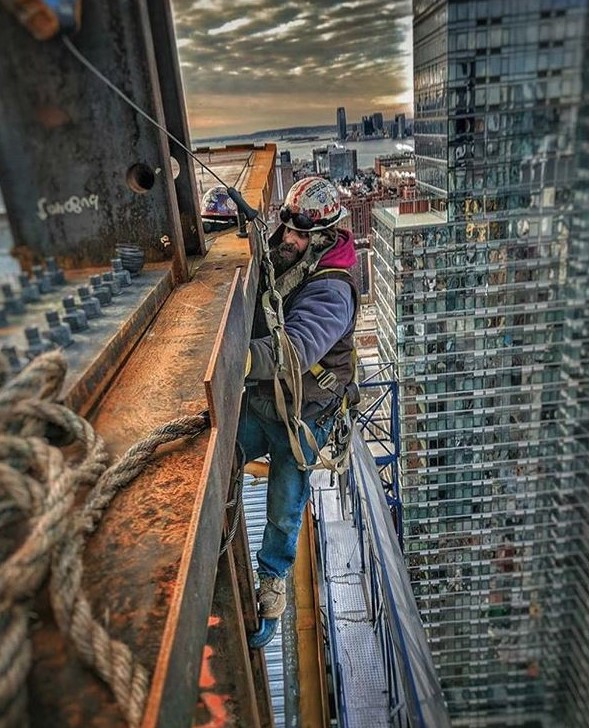
We’ve said it before, but it’s important to restate that under no circumstances do we think that the improper uses we highlight on these pages are being done intentionally. In fact, the simple fact that fall protection is being used at all shows us that people are working hard to stay safe.
In a world of constantly evolving product options and regulations it can be hard to stay on top of it all, which is why we try and find pictures that show products being used in the real world. After all, it’s easy for us to speak about best-practice use, but another thing to do it within the context of an endless variety of jobsites.
We’re all in this together. And with that in mind, we have a request for you. Do you have a picture you’d like featured in our newsletter? Send it to us! We will be happy to walk you through our fall protection recommendations for any application under the sun.

So what do you see?
Well let’s get this out of the way and say that first of all we see an example of a hardworking and courageous employee. People like him help make the world spin, we just want to make sure he stays safe.
But moving on from this impressive display of construction work, we can drill down to a few important examples of common types of product misuse. Like always, it can be helpful to lay out what exactly we’re seeing.
To start, we see a cable self-retracting lifeline (SRL) connected to an anchor that’s slightly out of picture. There is no visible shock absorber integrated into this SRL (we’ll get back to this in a minute), with its snap hook connected directly to an adjustable lanyard, which is then connected to our worker. There are a few other things going on at the worker that we can’t quite make out, so for our purposes we’ll assume that this adjustable lanyard is connected directly to his harness dorsal D-ring, with all the other equipment (it looks like there is at least a web positioning device tucked away at the hip) properly secured.
Let’s dive in. Bonus question: why did we mention the absence of a shock absorber in the SRL? It’s because our application here would absolutely require the use of an SRL rated for use in Leading Edge (LE) applications, which in turn requires the SRL to have integral shock absorption located directly at the worker’s back. While the absence of an external shock pack doesn’t guarantee this isn’t an SRL-LE, it does suggest it. All Pure Safety/Guardian SRL-LEs have an integral external shock pack, and are clearly labeled as rated for LE use. The other part here though is that the SRL-LE must place shock absorption at the worker’s back, and the use of the intermediary lanyard means this isn’t happening. Even if this is an SRL-LE, the housing would need to be located at the worker’s back to satisfy the requirements of product regulations. Note that the internal brakes of the SRL will still allow it to be used in a Fall Arrest application, just not in one that involves potential impact of the lifeline with the edge.
Moving on to the lanyard then, we have two things. First is an easy one, which is that OSHA prohibits the direct connection of two gated objects, as a means of eliminating the potential for accidental rollout. The snap hook of the SRL is connected to the snap hook of the lanyard, which makes this an incompatible connection.
And second, the introduction of a lanyard introduces the possibility for there to be free fall in excess of what is permitted by the system. This can be a little harder to see. Notice the little bit of slack in the lanyard next to our worker’s leg. In the event of a fall, this slack will first have to be depleted before the system will begin to arrest the fall. And what if our worker climbed up further, thereby increasing the slack in the lanyard even more? More free fall is added into the system.
The lanyard being used is of the non-shock absorbing variety, meaning that on its own it could not be used in Fall Arrest applications. Because the SRL is the only piece of equipment here that would be rated for those applications, it will dictate the amount of free fall the system is rated for. Many non-LE SRLs are not rated for free fall, so aside from the incompatible connection issue it would still not be recommended to use it in combination with this lanyard.
How can you be sure how much free fall is permitted in the system? Read that SRL label! And if inspection reveals an illegible label? Remove that product from service! Labeling may sometimes feel like a less essential item than the equipment itself, but our image this quarter proves how important it can be.
So now that we have a good understanding of how equipment is being used, what’s our solution? It’s actually pretty straightforward.
We already know that we’re working in an LE application, meaning that web-based connectors are not recommended due to the possibility for the edge of the hazard to damage (or break) them in the event of fall. We also know that connecting the hook of an SRL to the hook of a lanyard would be an incompatible connection, so first of all let’s completely remove the lanyard from the system. And then last, we’ll need to swap out our SRL for one that’s rated for use in LE applications, keeping in mind to attach the shock absorbing end directly at the worker’s dorsal D-ring.
Working in LE applications presents some unique challenges, and can be more restrictive in terms of the variety of equipment permitted. In this case, we’re not able to use an intermediary lanyard, which we know are frequently used because they make it easier to connect to the SRL itself. But convenience is never a good tradeoff for a reduction in safety, so in this case an SRL-LE is the only choice.
Until next quarter, stay safe up there!
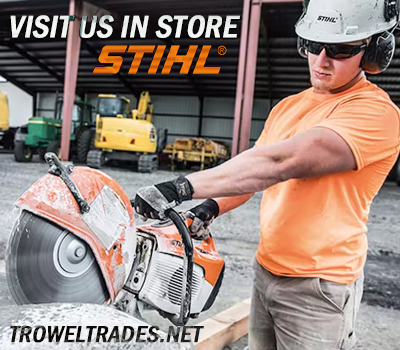

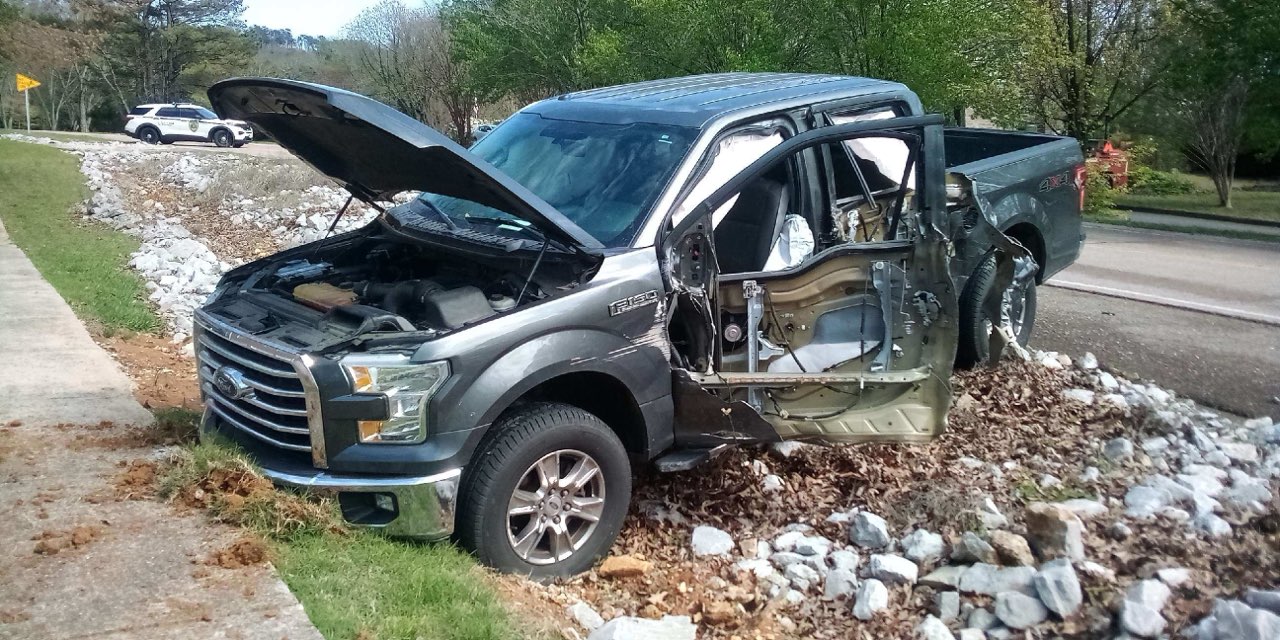
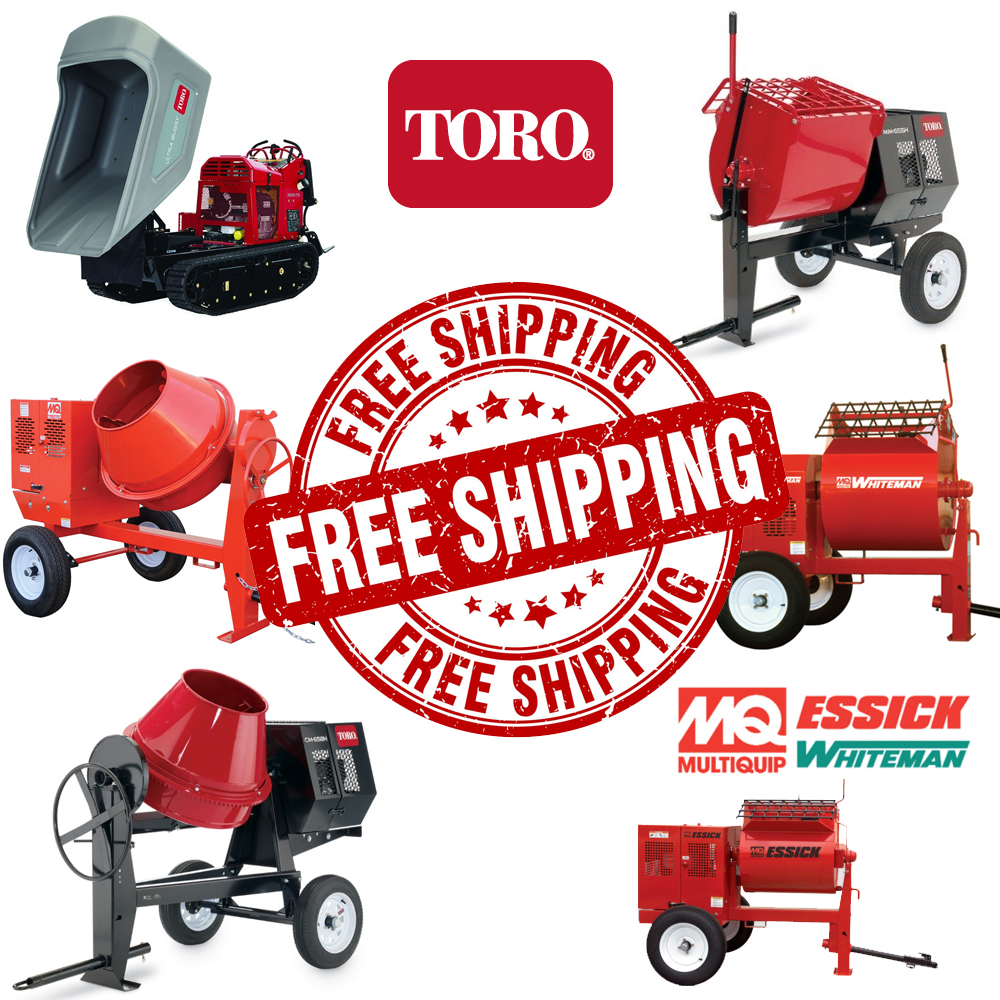
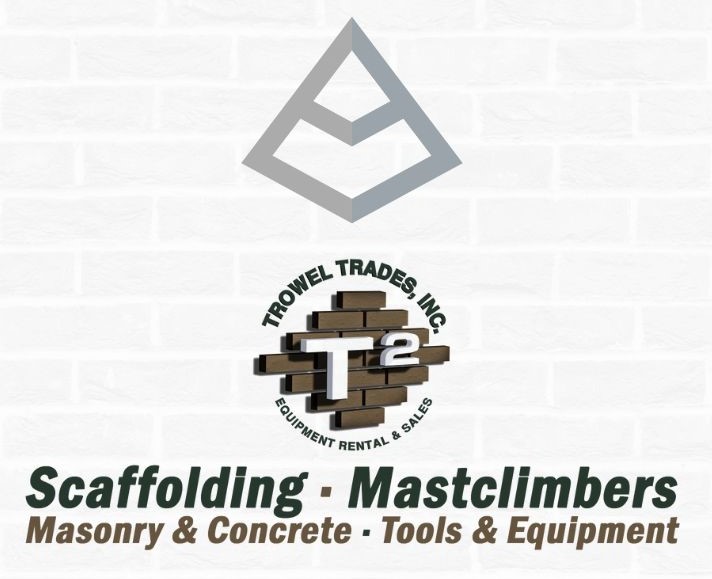
No spam, notifications only about products and updates.

Having dealt with MK Diamond Products and the Delahauts since the mid 1990’s it is sad to hear the news that they have closed their

I’ve told my wife and daughter to never follow a mortar mixer down the interstate. For over 30 years we have sold, rented, and repaired

This question is one of the most frequent mixer related questions our rental staff are asked. Our contractor customers know the importance of using the right tools for the job.

Trowel Trades, a company that specializes in equipment rental, tool retail, repair services, scaffolding and mast climber access solutions, enters the Silver Tier of the Masonry Alliance Program.
Your email was submitted successfully.
YOUR 10% OFF COUPON CODE IS WELCOME10.
See category exclusions below.
Category Exclusions:
Arbortech Brick and Mortar Saw, Compaction, Concrete Mixers, Concrete Walk Behind Saws, Drop Hammers, Grout Hogs, iQ Power Tools, Masonry Block Saws, Masonry Brick Saws, Mast Climbers, Mortar Mixers, Mud Buggy, Saws, Scaffold, Self Dumping Hoppers, Shoring, and Stihl